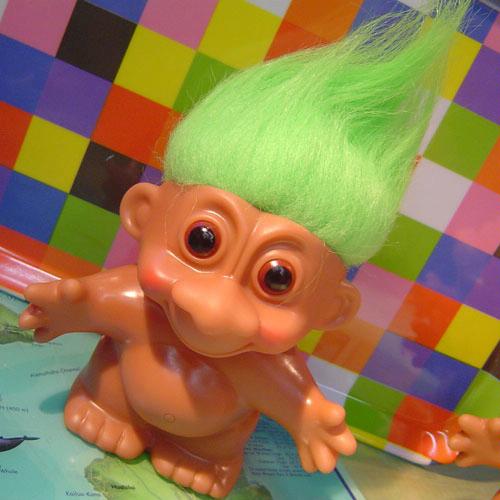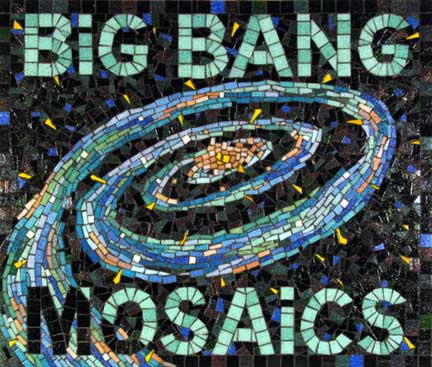This summer I was a nanny to four year old twins and a baby.
The twins, a boy and a girl, were
masters of pretend. Every day, I was
treated to performances of superhero saving the princess from the tower, prince
fighting monsters while damsel in distress watches on, baby boy and his mom
going to the park, monkey and best friend girl hanging out at the pool, and so
on. It was an entertaining job.
Some days were more Disney fairy tale-like, but other
performances were absolutely melodramatic.
One morning, I remember the twins were Spider-Man and princess, and
Spider-Man was dying on the couch. He
pulled the princess in close so she could hear his last labored words and then
he kissed her. I am such a bad person,
but I laughed. It was heavy material for
little kids, and they kissed. I know
they are little and are definitely innocent, but I don’t know. The little girl blushed and came up to me and
told me, “Miss Bizz—What?? it’s just pretend.”
The other nanny and I shared a glance, and I told her nothing was wrong,
I just couldn’t imagine kissing my brother like that (the brother nearest to my
age is 6 years older than me). She
anxiously told me that they kissed all the time, because they had to. She was the princess and he was the superhero—she
had to. It’s what superheroes and
princesses do. Her brother, in the meantime, was moaning in the background,
begging her to return to the game as he bled to death (I think he was bleeding
to death, I don’t remember his cause of death that day). The little girl looked torn and confused, and
eventually, she walked over to her brother and said, “Don’t be mad, I just don’t
want to kiss you.” He jumped up and
said, “But I love you!” and he proceeded to chase her around the room so he
could kiss her face.
Even though I wasn’t intentionally trying to kill their
game, I felt a lot like Kristine observing her friend Nora and trying to make
her leave the illusion she and the guy created for themselves, I showed the
little girl “real sunlight” and she kind of woke up. The boy kept trying to cling to that aspect
of the game, because he felt that was how it should be, but she could not
unknow what she now knew.
And I know this doesn’t relate to the Doll’s House,
but I remembered this incident, because of our class discussion of the anagram “Insect”
and “incest.” And I don't know where to go with that.
***** Adding on, I was just thinking now that Ibsen observes characters like a nanny to children. He observes how the characters observe other characters to understand how they think people should act. Who we are and what we do is just a copy of the person we observed, who was just a copy of someone else and so on. I am not me- I am composed of several observations I have made from other people. Is that how the disease spreads? And what is the disease? Mob instinct/herd instinct? The need to cling together? A desire for "normalcy" whatever it is? I don't think it's our existence at any rate. I hope.
***** Adding on, I was just thinking now that Ibsen observes characters like a nanny to children. He observes how the characters observe other characters to understand how they think people should act. Who we are and what we do is just a copy of the person we observed, who was just a copy of someone else and so on. I am not me- I am composed of several observations I have made from other people. Is that how the disease spreads? And what is the disease? Mob instinct/herd instinct? The need to cling together? A desire for "normalcy" whatever it is? I don't think it's our existence at any rate. I hope.


